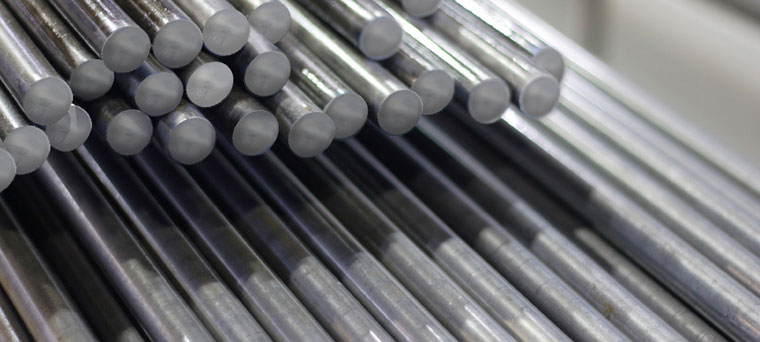
Mild Steel (MS) rods play a pivotal role in modern construction, significantly influencing the structural strength and load-bearing capacity of buildings and infrastructure projects. Renowned for their versatility, affordability, and ease of use, MS rods are widely utilized in residential, commercial, and industrial construction. Understanding their impact on structural integrity can help engineers and builders make informed decisions when designing and constructing safe, durable structures.
Properties of MS Rods That Enhance Structural Strength
MS rods are made of mild steel, a low-carbon alloy known for its high tensile strength, ductility, and malleability. These properties make MS rods ideal for applications that require both flexibility and durability. Their key attributes include:
High Tensile Strength: MS rods provide excellent resistance to breaking under tension, ensuring structural stability in high-stress scenarios such as heavy loads or dynamic forces like wind and seismic activity.
Ductility: The ability of MS rods to deform without breaking allows them to absorb and dissipate stress effectively, reducing the risk of sudden structural failure.
Weldability: MS rods are easy to weld, enabling seamless integration into various structural frameworks and ensuring a cohesive load distribution across the structure.
Corrosion Resistance (with proper treatment): When coated or treated, MS rods can resist corrosion, maintaining their strength over time and contributing to the long-term integrity of the structure.
Load-Bearing Capacity of MS Rods
The load-bearing capacity of a structure depends largely on the strength and distribution of its reinforcement elements. MS rods are crucial in this regard due to their ability to:
Support Heavy Loads: MS rods are designed to bear substantial weight, making them essential in reinforced concrete structures like beams, columns, and slabs.
Even Stress Distribution: By reinforcing concrete, MS rods distribute loads evenly, minimizing stress concentrations that could lead to cracking or failure.
Prevent Structural Deformation: MS rods provide rigidity to the framework, reducing the likelihood of structural deformation under heavy loads or environmental forces.
Enhance Flexural Strength: In applications like beams and slabs, MS rods increase the flexural strength, allowing structures to resist bending and sagging under weight.
Applications in Construction
MS rod are used extensively in various structural elements, including:
Foundations: To provide strength and stability to the base of buildings.
Columns and Beams: To enhance vertical and horizontal load-bearing capacity.
Slabs: To resist cracking and improve the structural integrity of floors and roofs.
Bridges and Industrial Structures: To withstand dynamic and static loads.
Conclusion
MS rods are indispensable in construction, contributing significantly to structural strength and load-bearing capacity. Their versatility, affordability, and reliable performance make them a preferred choice for reinforcement in concrete structures. Proper selection, treatment, and placement of MS rods are critical to maximizing their benefits and ensuring the safety and durability of buildings and infrastructure. As the backbone of modern construction, MS rods continue to support the development of strong, resilient structures that stand the test of time.